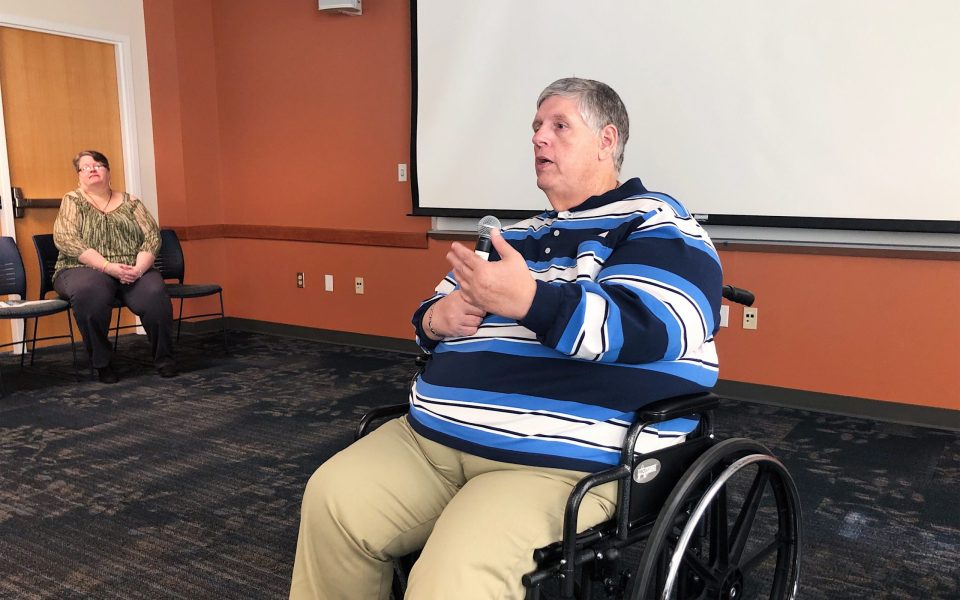Me: I am so sick of reading about Millennials. What about Tweeners or Gen X? Nobody talks about them anymore.
Mother: What’s a Tweener?
Me: Exactly. Tweeners are kind of the lost children between Boomers and Gen X.
Mother: I have no interest in reading about any of them.
Me: And that’s why you’re part of the Greatest Generation.
They are the infants of the Kennedy assassinations, toddlers of the Summer of Love, the first babies parents took pills not to have. The ’70s are their toddler years, their childhood and adolescence; the ’80s a pipe dream they missed out on.
Today, they orbit their thirties and forties and fifties, a lost generation — their childhood memories reduced to Generation X kitsch, their lives still in the hand of Boomers who are eschewing retirement, and their daily realities skewed by Madison Avenue marketers who don’t even know they exist.
TWEEN-ER – n., generational category that applies to Americans born after the 1960 presidential campaign roughly through the mid-’70s. They are those who fall be-“tween” the well-documented Baby Boomer generation (post WWII to 1960) and Generation X (late ’60s to early ’80s).
They are Tweeners — the pre-MTV kids who were taught the new math, learned about civics from the Watergate hearings or Oliver North, graduated from junior high just as the new gym was being built, started having sex about the time AIDS reared its ugly head, entered the workforce just as the check came for the ’80s economic orgy and turned thirtysomething just about the time the show of the same name was yanked off the air.
They were the first of the latchkey kids — prototypical products of divorce and dual-income households. Their quality family time was numbly spent with the Partridges, the Bradys, the Keatons and the Carringtons — beanbag afternoons, the furniture of their existence.
Their parents were either older boomers — yearning yuppies, hanger-on hippies, new-age yippies — or the conservative, depression-reared, pre-World War II silent generation. And unlike their parents or Xer cousins, they never had a cause.
Tweeners couldn’t be drafted, most of them couldn’t drive when gasoline lines galvanized the country’s passion, the course of civil rights and women’s rights had already been charted and outside of wearing a “Let Our People Go” armband during the Iran hostage crisis or protesting apartheid — they were not very political.
Like their defining presidents Jimmy Carter and Ronald Reagan, there just wasn’t a whole lot to get excited about. There was no internet activism or occupy movement — hell, there was no internet.
While most Tweeners associate their pubescence with polyester, many of them were adolescent preppies — but not by their own design. Their limited choices in what to wear — wide wales or khakis? Polo or Lacoste? Add-a-beads or pearls? — were a direct result of Yuppie trickle-down marketing. Even their coming-of-age music was rehashed classic rock and cheesy pop with brief interruptions from early rap, heavy metal and punk.
There was pre-legal drinking of course, pot and a few vestiges of ’70s Quaaludes and MDMA and ’80s cocaine — but Molly had yet to rear her loopy head nor the harder stuff of the years to come.
Tweeners are decidedly all growed up now. They’ve gotten married, bought their first houses, had children, gotten divorced, changed careers and yet they remain invisible. They drive Hondas and Toyotas that they know are economical, live in culs de sac while they watch Millennials desire very little in the form of big-ticket material goods.
Culturally, they’re avid readers, movie buffs and first-gen computer geeks. Politically still relatively uninvolved, Tweeners lost faith somewhere between Monica Lewinsky’s entrance into politics and Bush Part Deux.
So how do they feel about Millennials and their impact on the economy, culture, the world? They’ll let you know later. A rerun of The Breakfast Club is on.
ARE YOU A TWEENER?
You know you’re a Tweener if you can identify at least five of the following:
1. “Pork chops and applesauce”
2. Gnip Gnop
3. Sleestack
4. Donny Osmond’s sock color
5. Skipper’s hair color
6.
What swimsuit Farrah wore for the first poster
7. “Rubber Biscuit” performers
8.
Actor who played Vinny Barbarino
9. Lynda Carter
10.
“Conjunction Junction; what’s your function?”
Answers: 1. Peter Brady quote from “The Brady Bunch”; 2. Game where you try to get your opponent stuck with three plastic balls; 3. Evil creatures on Saturday morning show “Land of the Lost”; 4. Purple; 5. Blonde; 6. Brown maillot; 7. The Blues Brothers Dan Aykroyd and Jim Belushi; 8. John Travolta; 9. Actress in the ’70s who portrayed “Wonder Woman”; 10. Schoolhouse Rock lyric
Join the First Amendment Society, a membership that goes directly to funding TCB‘s newsroom.
We believe that reporting can save the world.
The TCB First Amendment Society recognizes the vital role of a free, unfettered press with a bundling of local experiences designed to build community, and unique engagements with our newsroom that will help you understand, and shape, local journalism’s critical role in uplifting the people in our cities.
All revenue goes directly into the newsroom as reporters’ salaries and freelance commissions.



Leave a Reply